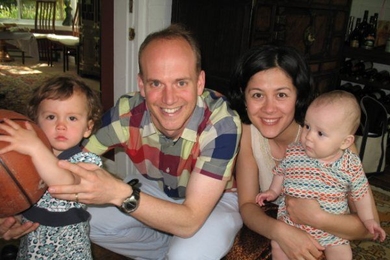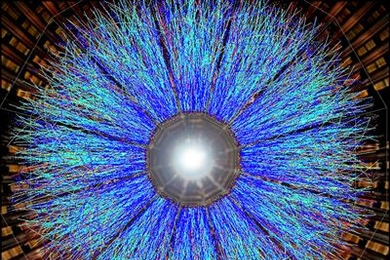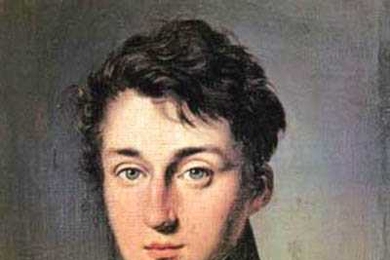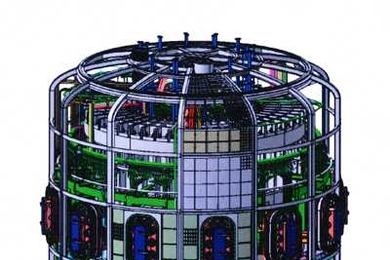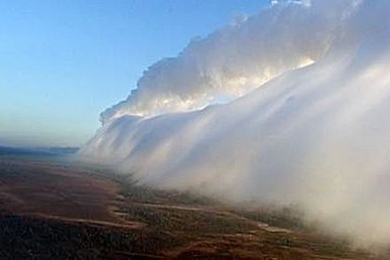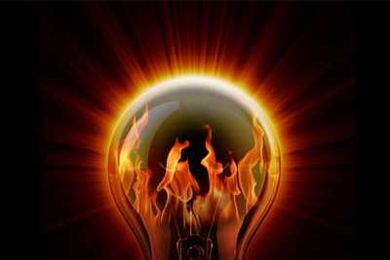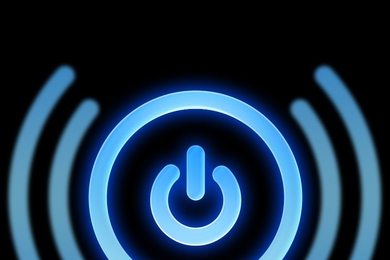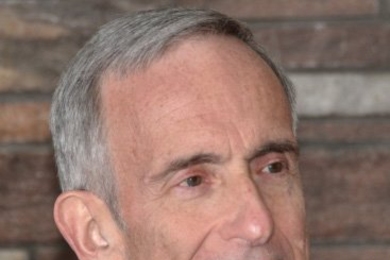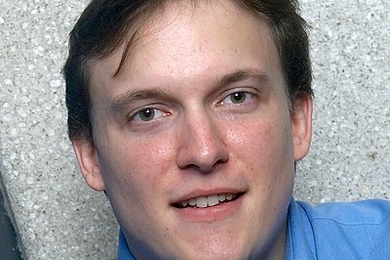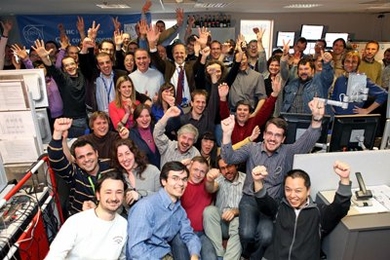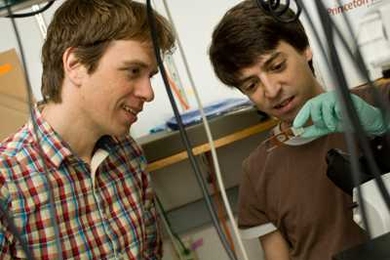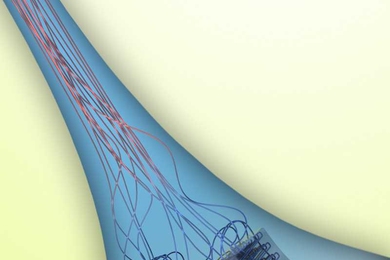Explained: Quark-gluon plasma
By colliding particles, physicists hope to recreate the earliest moments of our universe, on a much smaller scale.
Explained: The Carnot Limit
Long before the nature of heat was understood, the fundamental limit of efficiency of heat-based engines was determined
Mysterious quantum forces unraveled
MIT researchers find a way to calculate the effects of Casimir forces, offering a way to keep micromachines’ parts from sticking together.
New project aims for fusion ignition
MIT-led Ignitor reactor could be the world’s first to reach major milestone, perhaps paving the way for eventual power production.
New phenomenon found in internal waves
MIT team shows that waves inside oceans, air and stars are filtered and reflected by layers.
Explained: Thermoelectricity
Turning temperature differences directly into electricity could be an efficient way of harnessing heat that is wasted in cars and power plants.
Toward more efficient wireless power delivery
Latest research shows that efficiency improves when multiple devices are charged at once.
Michael S. Feld, physics professor, dies at age 69
Made fundamental contributions in the field of laser science; applied physics to biomedical problems
Charles Batterman, longtime MIT diving coach, dies at age 87
A former national champion, he pioneered the use of physics principles in the analysis of dives.
Crossing a threshold of particle physics
Scientists celebrate as the Large Hadron Collider achieves its highest-energy collisions yet.
Two seniors, one graduate student win $250,000 Hertz Fellowships
No-strings-attached awards last up to five years
Bacteria divide like clockwork
MIT researchers show how circadian rhythms in bacteria control their rate of reproduction.
Insulators made into conductors
MIT team coaxes polymers to line up, transforming them into materials that could dissipate heat.
